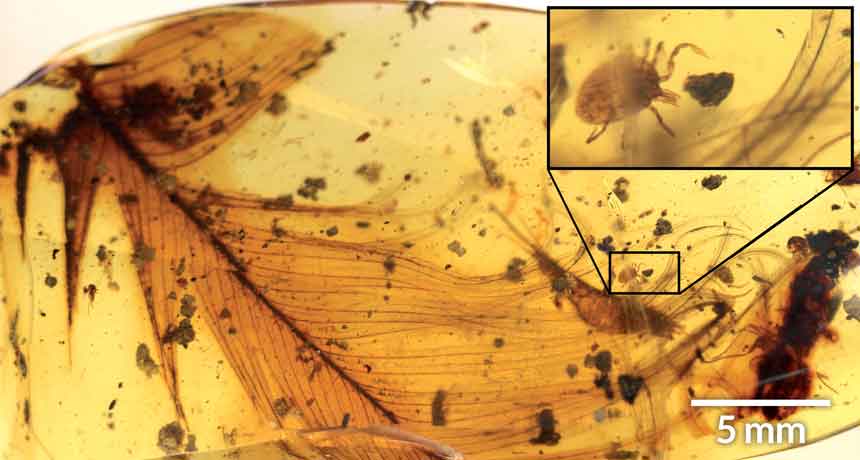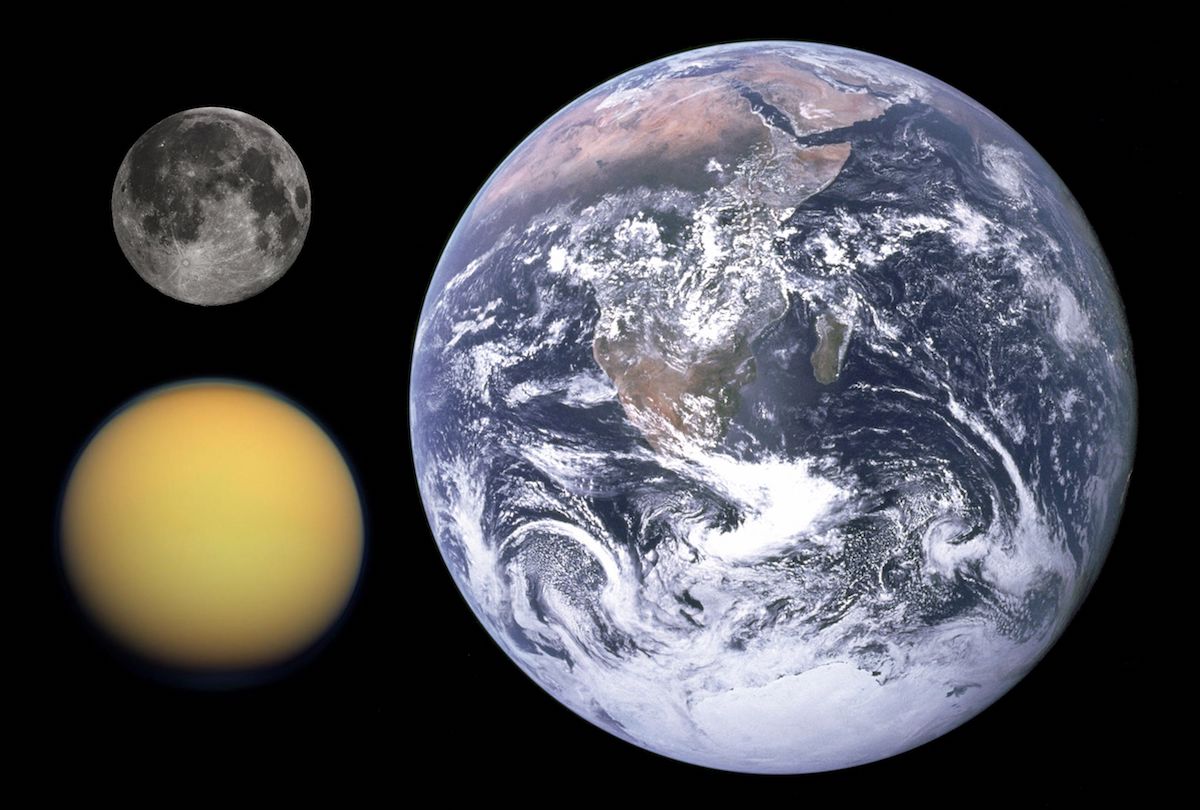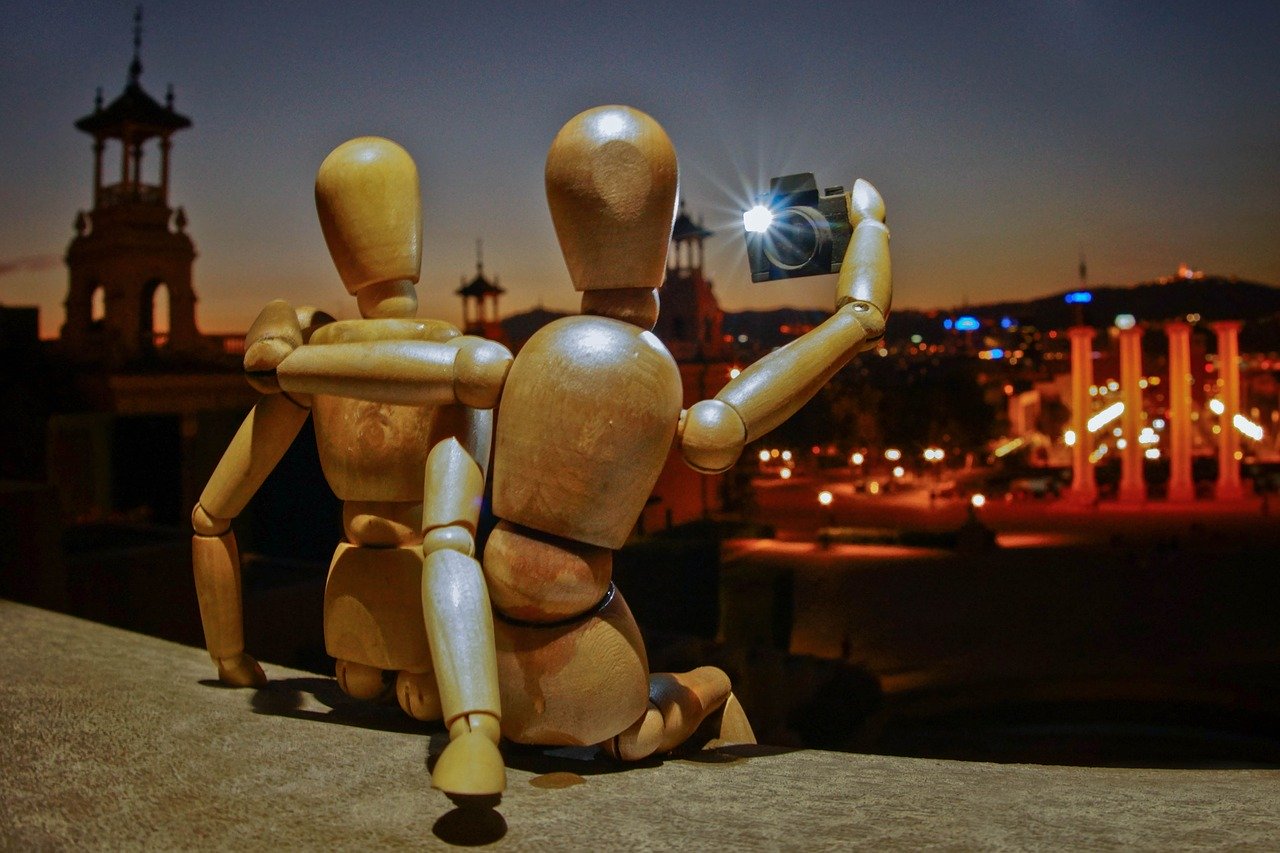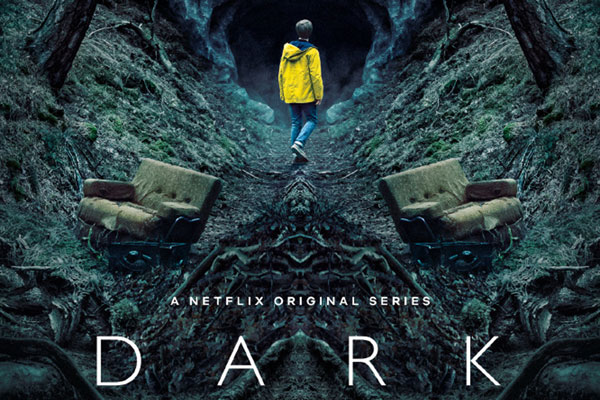Anyone that goes on hikes or enjoys the big outdoors no doubt knows what a tick is, and may have even had their own close encounter with one. Ticks are usually thought of as a more modern-day parasite, but recent evidence shows that they go back in history farther than originally thought. As it turns out, those bloodsucking ticks even dined on dinosaur blood.

A 99 million-year-old sample of amber from Myanmar captured a tick tangled in a dinosaur feather, as researchers report the find December 12 in Nature Communications. The tick in the amber belongs to the same group of ticks as today’s deer ticks that dine upon humans and other living creatures. While the amber holds a feather, it is difficult to tell if it was an actual flying dinosaur or another type. The tick’s presence is quite certain and very distinguishable.
A different chunk of amber contained two ticks that were apparently captured at the same time. These ticks had small barbed hairs stuck to them that are indicative of beetle larvae found in dinosaur nets. This connection provides further evidence that ticks fed on dinosaurs of the time. Apparently, nothing is safe from the bloodthirsty parasites, not even the terrible lizards themselves.
I would say that I have new found respect for the lowly tick, but that just means that they have been creating problems for living creatures almost as long as the cockroach has. But just think, what if DNA sampling from the last meal of a captured bloodthirsty tick could be used to recreate an ancient dinosaur, bringing it into modern times through a cloning process. Imagine the depth of thanks we would owe the tick for making this possible. No, on second thought, probably not – they were just looking for their next victim. Which make me wonder if I need to bring along a bubble the next time I sleep outdoors…




